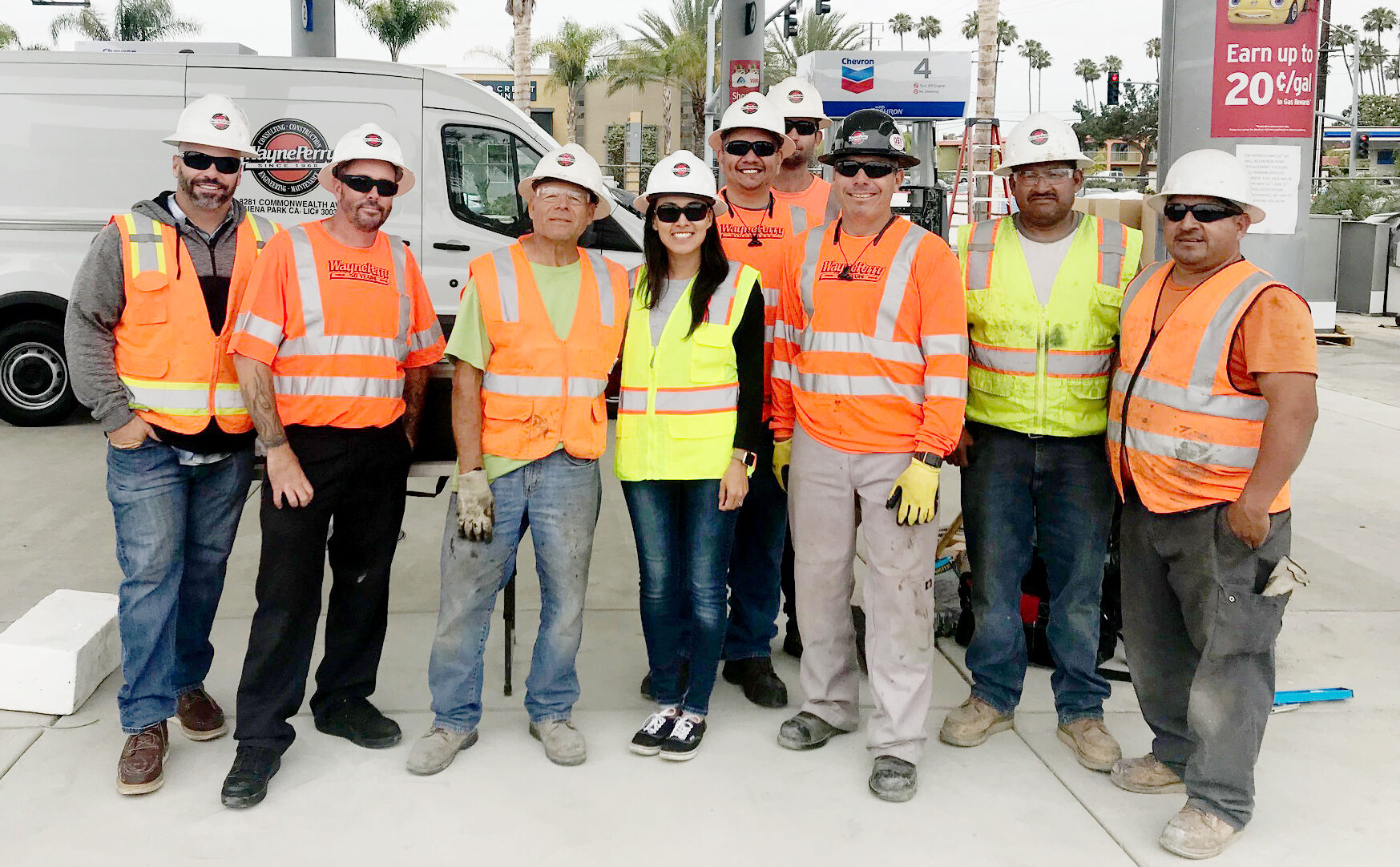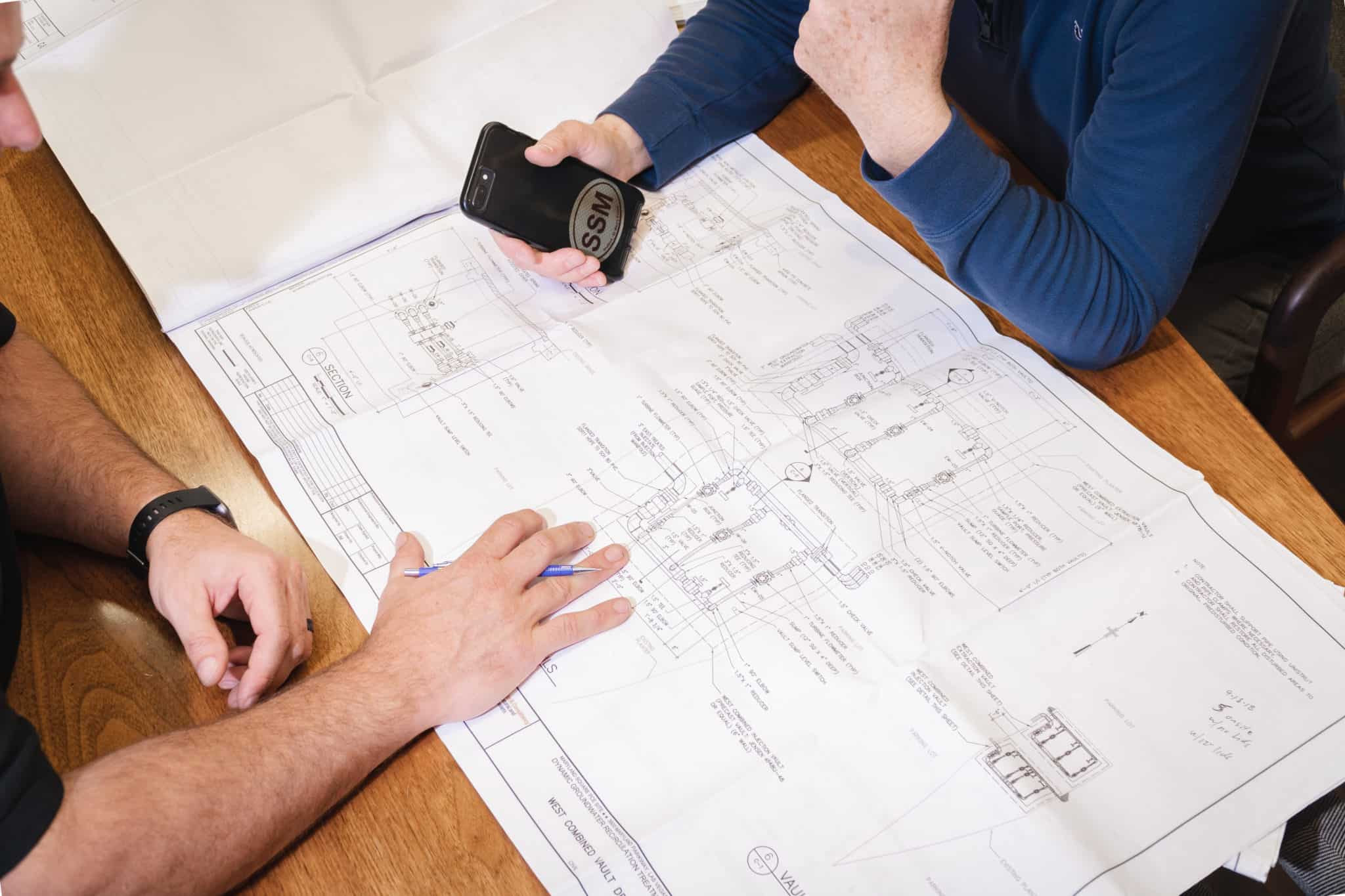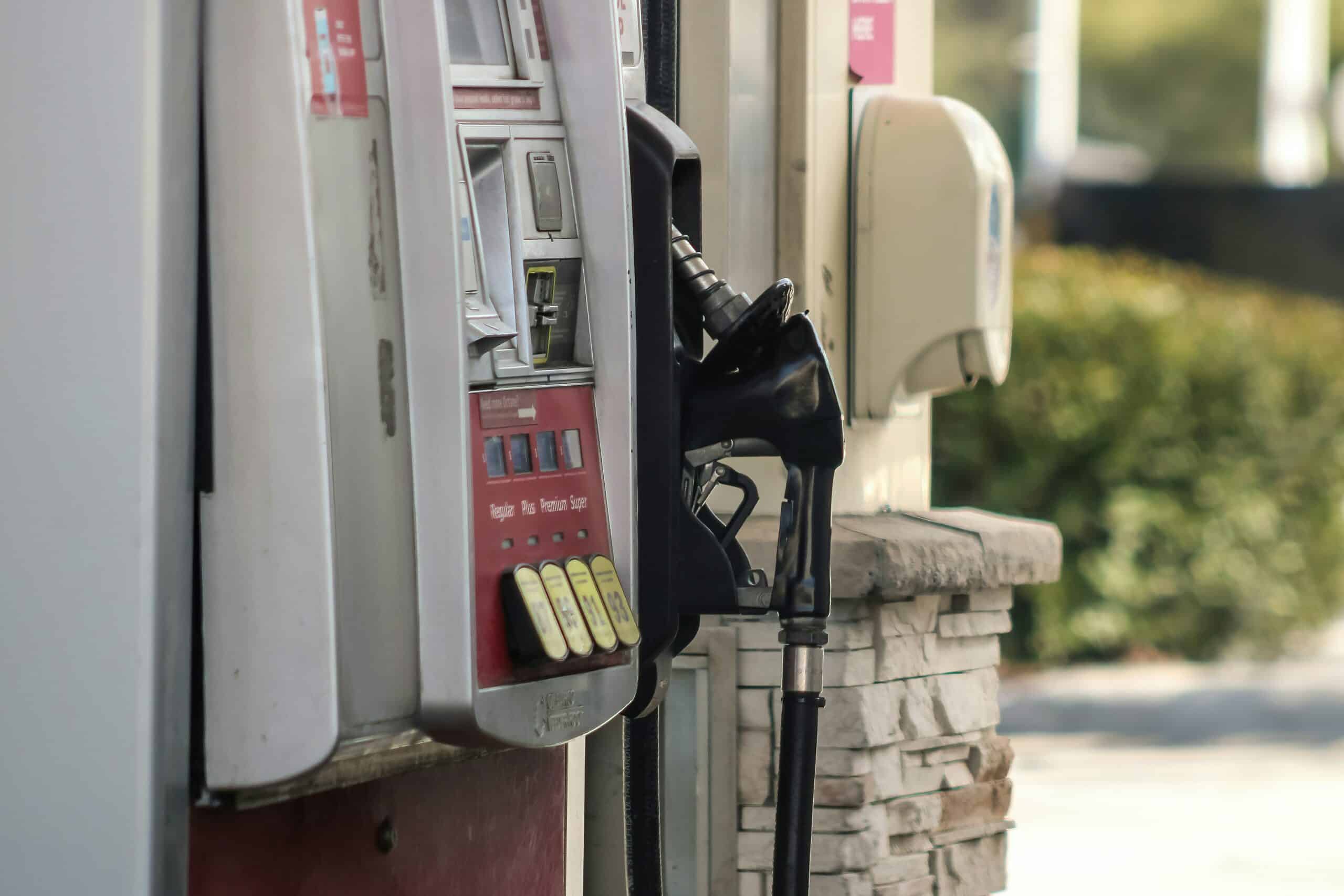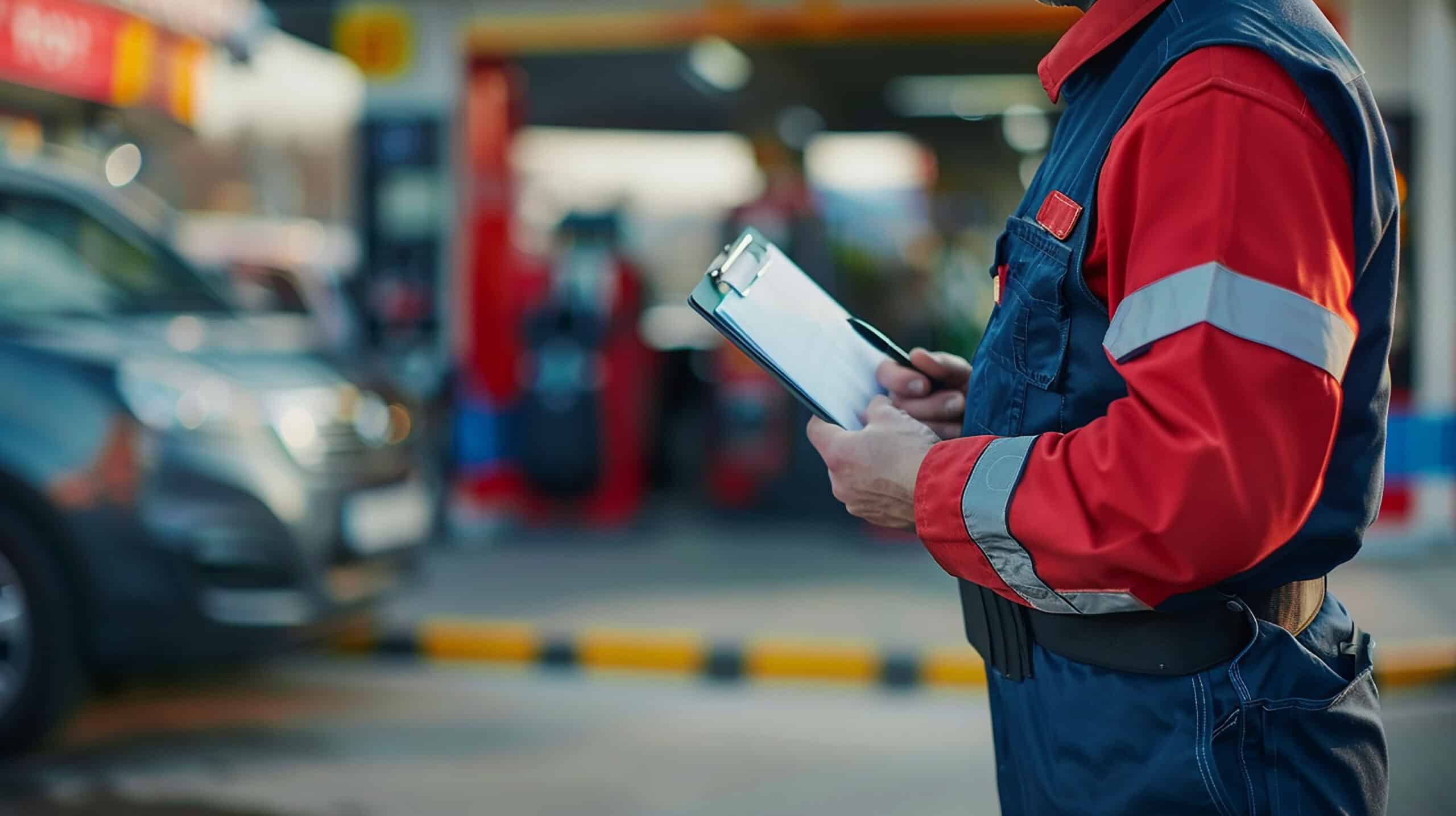As the buyer of a new service station or land on which you intend to build one, learning the property you just purchased contains underground contaminants can be devastating. Even if the contamination is not your fault, purchasing land containing toxic substances can implicate you in ongoing environmental litigation and costly remediation efforts.
To get your business off the ground rather than be hit with a groundswell of unexpected delays, downtime, and costs, it is important to conduct an environmental site assessment (ESA) prior to purchase.
What is an Environmental Site Assessment?
An environmental site assessment (ESA) is the definitive standard for investigating whether the property you intend to acquire contains recognized environmental conditions (RECs).The ESA typically includes a site inspection and review of historical property records to determine whether past or present activities may have caused the release of hazardous substances at the property. Once completed, the assessment will qualify you for Landowner Liability Protections under the Comprehensive Environmental Response, Compensation and Liability Act (CERCLA).
Choosing the best assessment type to match your business needs
Since there are various types of environmental assessments you could conduct based on the property, its location, prior ownership, and history knowing about each type of assessment and its advantages and drawbacks are important.Here is a quick description of each type:
1. Environmental Transaction Screen (ETS): A voluntary procedure that employs limited environmental due diligence, the ETS is often used as an alternative to a Phase I Environmental Site Assessment. This level of screening is recommended for low-risk property types with available historical information since it offers only a limited scope of work.
The work includes a site visit, a review of environmental databases and historical sources, and the completion of an environmental questionnaire by the owner, occupant, or organization doing the screening. Its benefits include low cost and quick turnaround. Its drawbacks include it could fail to uncover environmental hazards and its lack of Landowner Liability Protections under federal environmental law.
2. Phase I Environmental Site Assessment: Identifies RECs that could impact the value of your property, noting problems with chemical or hazardous materials in the past. Since no onsite sampling of any kind is done, it can result in a recommendation for a Phase II ESA. The advantages include meeting appropriate inquiry standards and delivery of faster turnaround time by underwriters. The disadvantages are that it is more expensive than an ETS and includes non-invasive sampling so it could miss or underestimate existing hazards.
3. Phase II Environmental Site Assessment: As an invasive, sampling study, it includes subsurface borings, soil and groundwater sampling, geophysical testing for underground tanks or buried drums, sampling of dry wells or floor drains, and more. If the initial scope of a Phase II assessment finds contamination above allowable/“actionable levels,” further study is required to identify the extent of the contamination. Its advantages are that it is designed to identify the sources and nature of the contamination, helping improve estimates of fair property value. Its drawbacks include its higher cost and time investment, regulatory agency involvement, as well as the possibility of inadequate sampling causing missed contamination.
4. Phase III Environmental Site Assessment: When “actionable levels” of contamination are identified in a Phase II assessment, Phase III is required to determine the full extent of the adverse impact. This could extend to an evaluation of the pathways for movement of contamination in soil and groundwater, installation and regular sampling of groundwater monitoring wells, and engagement with the applicable regulatory authorities.
Since the regulatory review is involved, all stakeholders benefit with greater certainty that remedial work is approved prior to the start date. Regulatory standards change over time, however, and a potential drawback is work that was previously approved may no longer be considered adequate, requiring additional time and cost.
Determining the best level of due diligence for your business can be complex without a complete understanding of how you could be impacted by the type of environmental site assessment you choose. Make the smart choice and contact us for more information. We can help you determine what level of assessment is the best for your business and initiate the optimal assessment for your needs.





